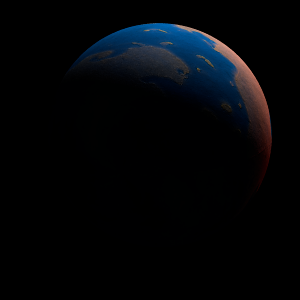|
|
Space Astro
|
Info for exoplanet "Yongg"
| Scientific (actual) data |
|---|
| Name | Kepler-231 c |
| Planet status | Confirmed |
| Radius | 0.172 |
| Orbital period | 19.2716 |
| Semi major axis | 0.114 |
| Discovered | 2014 |
| Updated | 2021-02-05 |
| Tconj | 2455020 |
| Impact parameter | 0.87 |
| Publication | Announced on a website |
| Detection type | Primary Transit |
| Alternate names | 2MASS J19355360+5031548 c, K00784.01, KIC 12066335 c, KOI-784 c, KOI-784.01, WISE J193553.61+503154.7 c |
| Star name | Kepler-231 |
| Right ascension | 293.97° |
| Declination | 50.53° |
| Mag j | 13.405 |
| Mag h | 12.775 |
| Mag k | 12.589 |
| Star distance | 319.49 |
| Star metallicity | -0.011 |
| Star mass | 0.58 |
| Star radius | 0.49 |
| Star sp type | M1 V |
| Star temperature | 3767 |
| Star alternate names | 2MASS J19355360+5031548, KIC 12066335, KOI-784, WISE J193553.61+503154.7 |
| Wikipedia article | Kepler-231 c |
Back
| |
| Fictional info (?) |
|---|
| Suggested name | Yongg |
| Planet type | Planet |
|
| Atmosphere | Neon | 99% |
| Carbon dioxide | 0.67% |
| Atmospheric pressure | 0.024 bar |
 |
| No known satellites |
| Google search for Yongg |
|
Website by Joachim Michaelis
|
|
|
|